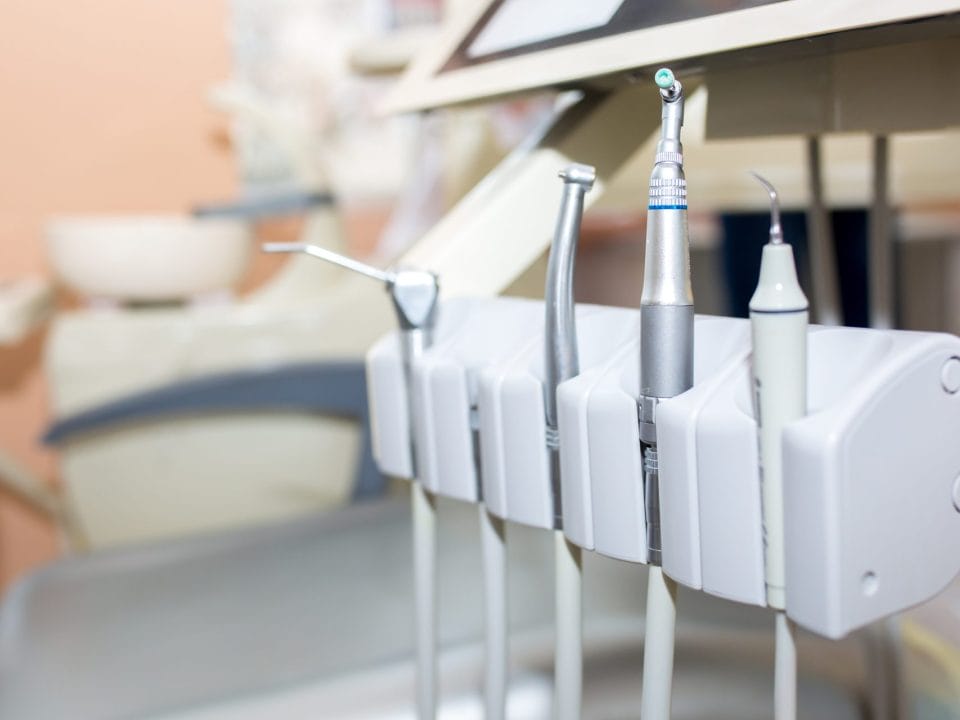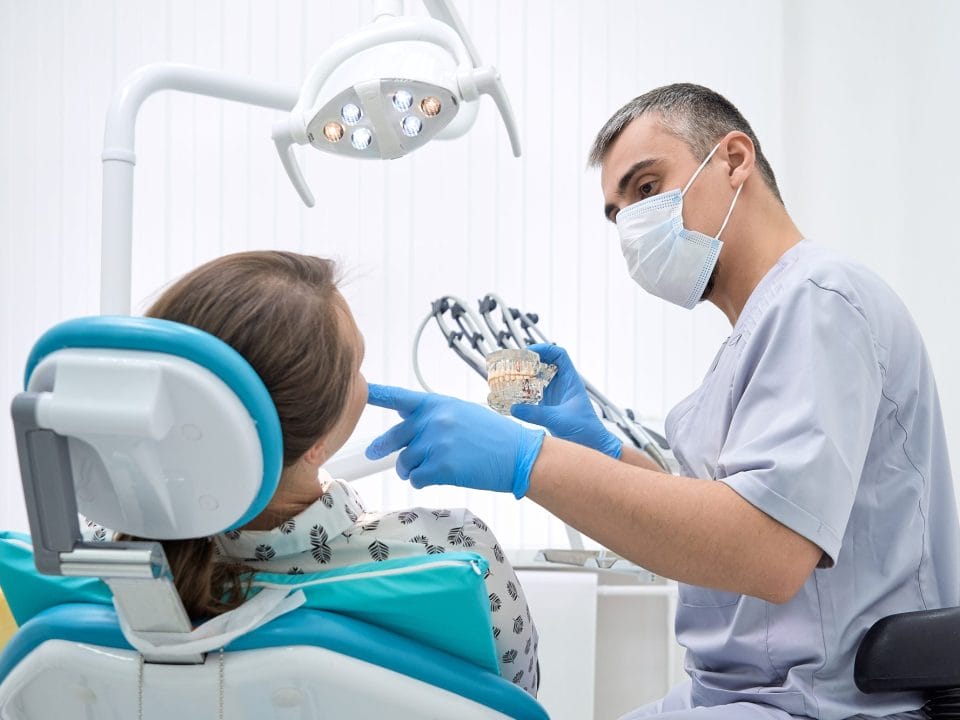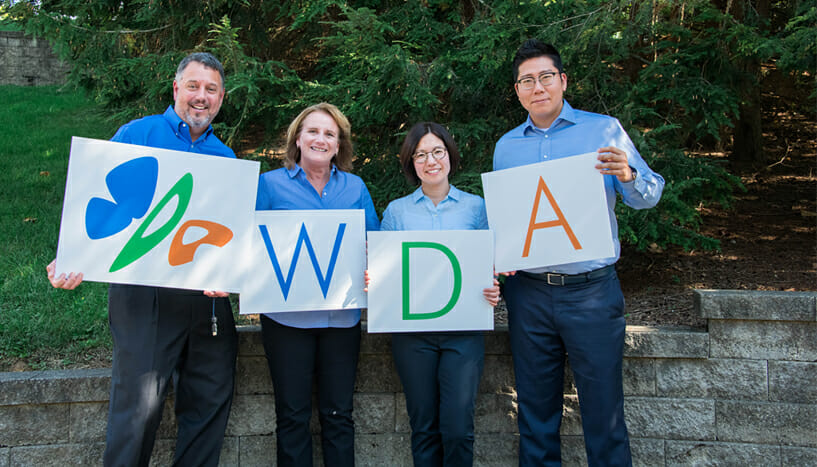
According to the Centers for Disease Control and Prevention, approximately 47.2% of Americans over age 30 have periodontal disease. While early gum disease (gingivitis) is reversible with good oral hygiene and routine teeth cleanings, periodontal disease is a lifelong condition. If you have been diagnosed with advanced gum disease, your Westerville dentist may recommend scaling and root planing. Keep reading to learn how dental lasers are used during periodontal treatment.
You may need gum disease treatment if you experience:
- Bleeding gums
- Sore gums
- Receding gums
- Swollen gums
- Persistent bad breath
- Loose teeth
What causes gum disease?
Gum disease is often caused by poor oral hygiene. It is important to brush your teeth twice daily and floss once daily to prevent gum disease. We also recommend scheduling dentist appointments every six months for your routine teeth cleaning.
While brushing and flossing remove plaque buildup, only a dental professional will be able to remove tartar from your smile. Your dentist will also be able to remove dental plaque and tartar that is hiding in between teeth and along your gum line so you can avoid cavities and gum disease.
Gum disease starts off as gingivitis. However, if you ignore the and continue to neglect your oral health, it can advance into periodontitis. Unlike gingivitis, periodontal disease is irreversible and can result in receding gums and even tooth loss. Scaling and root planing slow down the progression of gum disease so you can still enjoy good oral health.
How are lasers used during periodontal treatment?
It’s not uncommon for people with periodontal disease to notice their gums start to pull away from their teeth to expose the roots. When this happens, you may develop deep gum pockets around your teeth that collect food particles and dental plaque.
During scaling and root planing, your dentist will gently scrape away plaque and tartar before smoothing out the tooth root. However, if your gums are inflamed, your dentist may need to use a special laser to cut through soft tissue so they can continue deep cleaning teeth. Another benefit to using the laser during receding gums treatment is that it kills bacteria in gingival pockets.
What are the benefits of laser dentistry?
Many of our patients appreciate laser dentistry because it is painless and minimizes bleeding. For example, our dentists use a diode dental laser to precisely cut through soft tissue. While anesthesia is used during most laser procedures, the majority of our patients report little post-operative discomfort.
If you have dental anxiety due to a fear of blood, you’ll want to ask your dentist about laser dentistry. Lasers create bloodless incisions by cauterizing the gum as it cuts. Not only does this help decrease your recovery time after the procedure, but it decreases your dental discomfort.
Our dentists at Westerville Dental Associates work hard to help patients just like you maintain good oral health. If you are interested in scheduling an appointment for periodontal disease treatment, give us a call at 614-882-1135.


 Meet Dr. Stickel
Meet Dr. Stickel Meet Dr. Zody
Meet Dr. Zody Meet Dr. Choi
Meet Dr. Choi Meet Dr. Son
Meet Dr. Son




